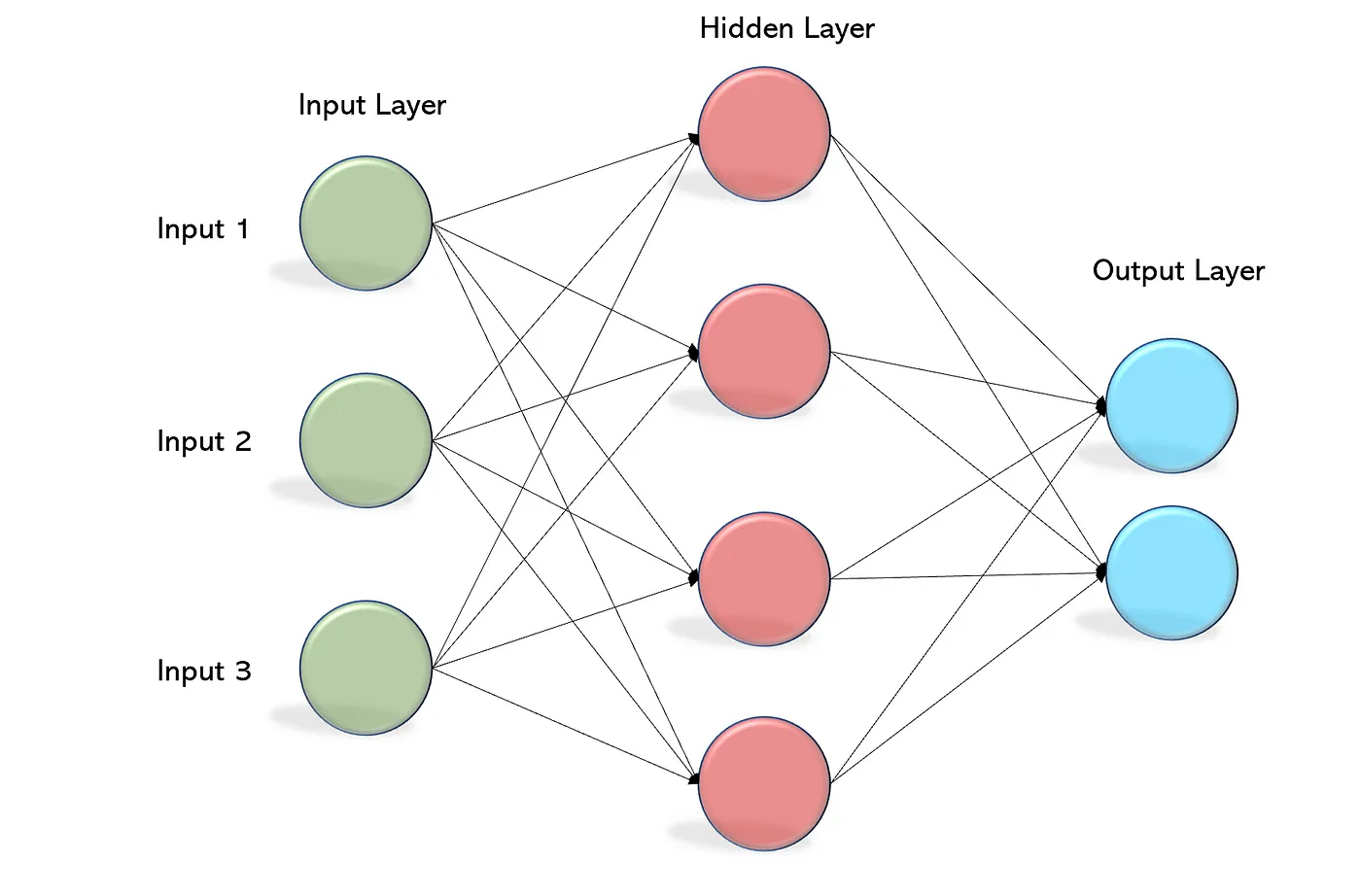Evaluating Neural Networks vs. Gradient Boosting on Regression and Classification Tasks

Project Breakdown
The project workflow consists of the following steps: Data Preprocessing, Building & Evaluating MLP Models, Comparing with Gradient Boosting Regressor, Data Preprocessing, Building & Evaluating MLP Models, Comparing with Gradient Boosting Classifier.
Through a series of experiments, we optimize model structures, test different MLP depths, and compare their performance against Gradient Boosting to determine the most effective approach.
Primary Goal
Evaluate MLP architectures for both regression and classification.

Secondary Goal
Compare the best Neural Networks structure with Gradient Boosting.

Optimize Performance Metrics
Use Mean Squared Error (MSE) and R² score for Regression.
Use Accuracy and Mean Squared Error (MSE) for Classification.

Key Findings
Gradient Boosting performed better in both Regression and Classification applications. Multi Layer Perceptrons (MLP) can be effective, but structured tabular data often favors Gradient Boosting methods.
Performance
Gradient Boosting Regressor outperformed MLP for regression.
Efficiency
Both MLP and Gradient Boosting performed well in classification, but GBC was slightly better.
Adaptation
Tuning deep networks is challenging, whereas Gradient Boosting adapts more efficiently.
